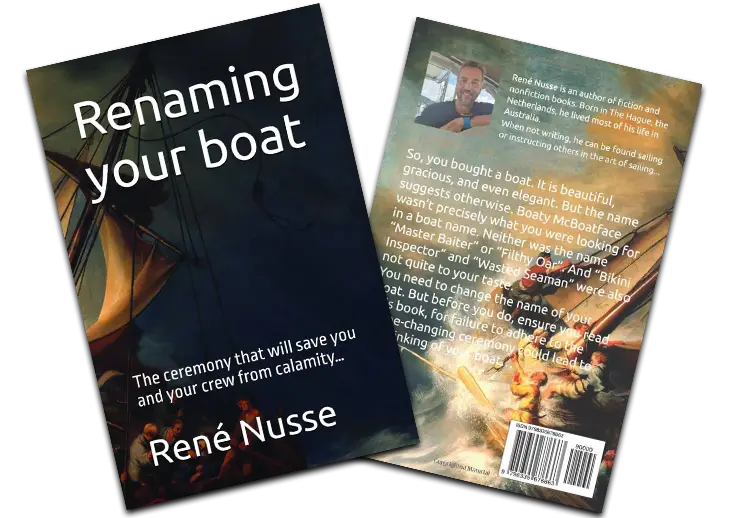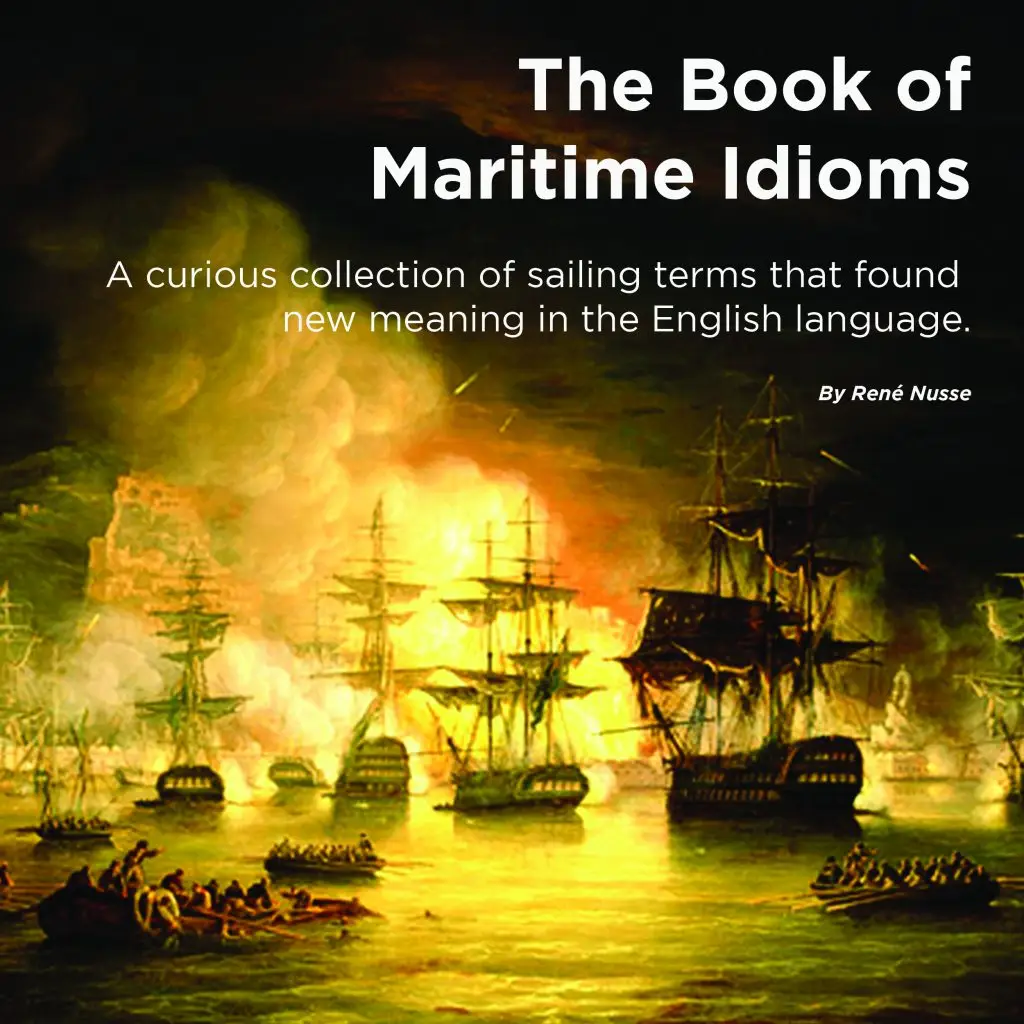Sloop, ketch, or yawl
When comparing sloop, ketch, and yawl sailboat rigs, it’s important to understand the different configurations, their advantages, and their typical applications. Each rig offers unique benefits and is suited to various sailing and boat handling types. Here’s a comprehensive comparison:
Sloop Rig
1. Definition:
- A sloop has a single mast with a mainsail and one headsail (typically a jib or genoa). The headsail is set on a forestay that extends from the mast to the bow.
2. Rigging:
- Mainsail: Attached to the back of the mast and extends down to the boom.
- Headsail: Set forward of the mast on the forestay.
3. Characteristics:
- Simplicity: The sloop rig is the simplest and most straightforward rig, making it easy to handle.
- Efficiency: It is efficient in various wind conditions and performs well.
- Handling: Easier to tack (change direction) due to the fewer sails involved.
4. Advantages:
- Ease of Use: Fewer sails and more straightforward rigging mean easier handling, ideal for single-handed or short-handed sailing.
- Performance: Offers good performance across various wind conditions.
- Maintenance: Lower maintenance costs and fewer parts to manage.
5. Disadvantages:
- Downwind Performance: This may not be as efficient as other rigs when sailing directly downwind or in very light winds.
- Limited Versatility: Less sail plan versatility compared to multi-masted rigs.
Ketch Rig
1. Definition:
- A ketch has two masts: a mainmast and a smaller mizzen mast located forward of the rudder. The sail plan includes a mainsail, a headsail, and a mizzen sail.
2. Rigging:
- Mainsail: Attached to the mainmast.
- Headsail: Set forward of the mainmast on the forestay.
- Mizzen Sail: Attached to the Mizzen mast, located aft of the mainmast.
3. Characteristics:
- Versatility: Allows for various sail combinations and can be more adaptable to different wind conditions.
- Balance: The mizzen sail helps to balance the boat, improving handling and stability.
4. Advantages:
- Downwind Performance: The mizzen sail improves downwind performance and can provide better control in light winds.
- Sail Balance: Helps balance the boat, making sailing more comfortable, particularly in strong winds.
- Sail Handling: Provides more options for sail handling and adjustment.
5. Disadvantages:
- Complexity: More sails and rigging parts increase complexity and can be more challenging.
- Maintenance: Additional masts and sails mean higher maintenance requirements and costs.
- Deck Space: The mizzen mast takes up space on the deck, which can limit usable area.
Yawl Rig
1. Definition:
- A yawl has a mainmast and a smaller mizzen mast located aft of the rudder. The sail plan includes a mainsail, a headsail, and a mizzen sail.
2. Rigging:
- Mainsail: Attached to the mainmast.
- Headsail: Set forward of the mainmast on the forestay.
- Mizzen Sail: Attached to the Mizzen mast, located behind the rudder.
3. Characteristics:
- Mizzen Sail Placement: Unlike the ketch rig, the mizzen mast is positioned aft of the rudder. This placement affects balance and handling.
- Balancing: The mizzen sail helps with balance, but its placement affects the overall rig balance differently than a ketch.
4. Advantages:
- Balance and Stability: The mizzen sail helps balance the boat and can provide stability in various conditions.
- Downwind Performance: Provides good downwind performance and can help control the boat in light winds.
5. Disadvantages:
- Complexity: More complex than a sloop due to the additional mast and sails.
- Mizzen Mast Location: The mizzen mast’s location aft of the rudder can complicate handling and affect performance differently than a ketch.
- Maintenance: Increased maintenance due to additional rigging and sails.
Summary
Sloop: Ideal for simplicity and ease of handling, suitable for a wide range of sailing conditions and famous for cruising and racing. It is best for those who prefer straightforward sail management.
Ketch: With a balanced sail plan, it offers versatility and improved downwind performance. However, it involves more complexity and maintenance. It is suitable for longer voyages and when sail balance and versatility are desired.
Yawl: Provides balance and stability with its unique mizzen mast placement aft of the rudder and offers good downwind performance. It is more complex and can have specific handling characteristics.
Choosing between these rigs depends on your sailing preferences, the sailing you plan, and the maintenance you are willing to undertake. Each rig has its strengths and is suited to different sailing styles and conditions.

NAVIGATION RULES CLINIC + BASIC SAIL TRIM COURSE
Author
-

Rene is a keelboat instructor and sailing coach in the Mandurah area WA. He is also the author of several books about sailing including "The Book of Maritime Idioms" and "Renaming your boat".
View all posts


